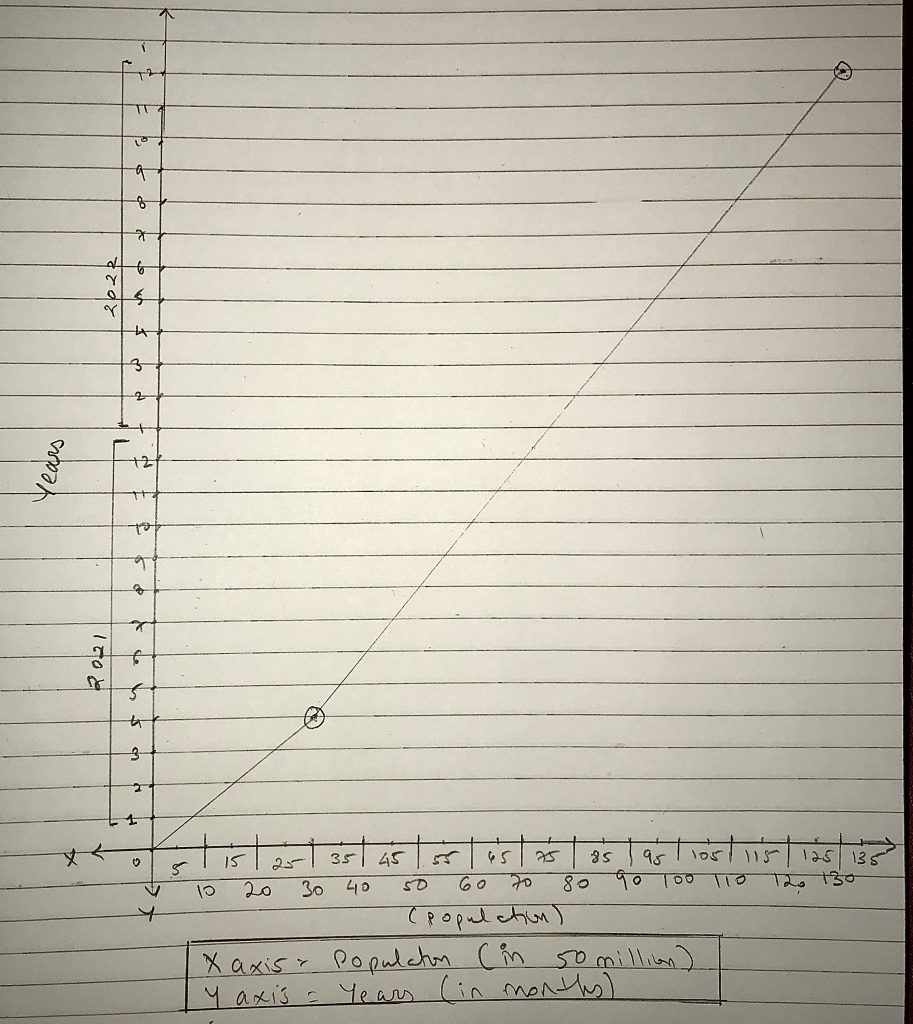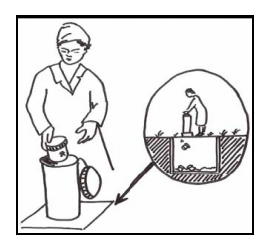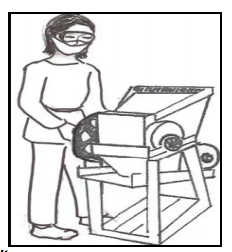Health
Dictionary ‘health’ is defined as ‘the state of being free from illness and injury’. It is obviously a negative definition. Such a definition reflects the current use of the words in the spoken language, but not necessarily its development over time.
The English ‘health’ derives from Old English ‘hælth’, which is related to ‘whole’ ‘a thing that is complete in itself’ (Oxford Dictionary) derived from Old English ‘hal’ of Germanic origin. In Middle English ‘hal’ also became ‘hail’ with the meaning of health in greetings and toasts. ‘hal’ is related to the Dutch ‘heel’ and the German ‘heil’. In German the connections between health, wholeness and salvation becomes even clearer than in English. ‘Heil-kunde’ and ‘Heil-kunst’ are still common German words for medicine, ‘Heiler’ is a traditional or alternative health provider; ‘heilfroh’ means wholly happy, and refers to a relationship between health and happiness
This quasi-religious context the constitution of the WHO adopted in 1948 becomes understandable when stating ‘the following principles are basic to the happiness, harmonious relations and security of all peoples: Health is a state of complete physical, mental and social wellbeing and not merely the absence of disease or infirmity’
Microb Biotechnol. 2013 Jul; 6(4): 341–348.Published online 2013 May 6. DOI: 10.1111/1751-7915.12063
Health Care
Care: Concern, worry, precaution, to give attention, maintain, – Merriam-Webster.
Health is a state of physical, mental and social well-being…. – Oxford.
Health care in India
India has a universal health care system. Mostly administered by the state rather than federal level. It is escessaintly free for all of India except for some small symbolic co-payments for services. In practice, however, the private healthcare sector is responsible for the majority of healthcare in India, and most healthcare expenses are paid directly out of pocket by patients and their families, rather than through health insurance.[7]
Public Health Care – Private Healthcare
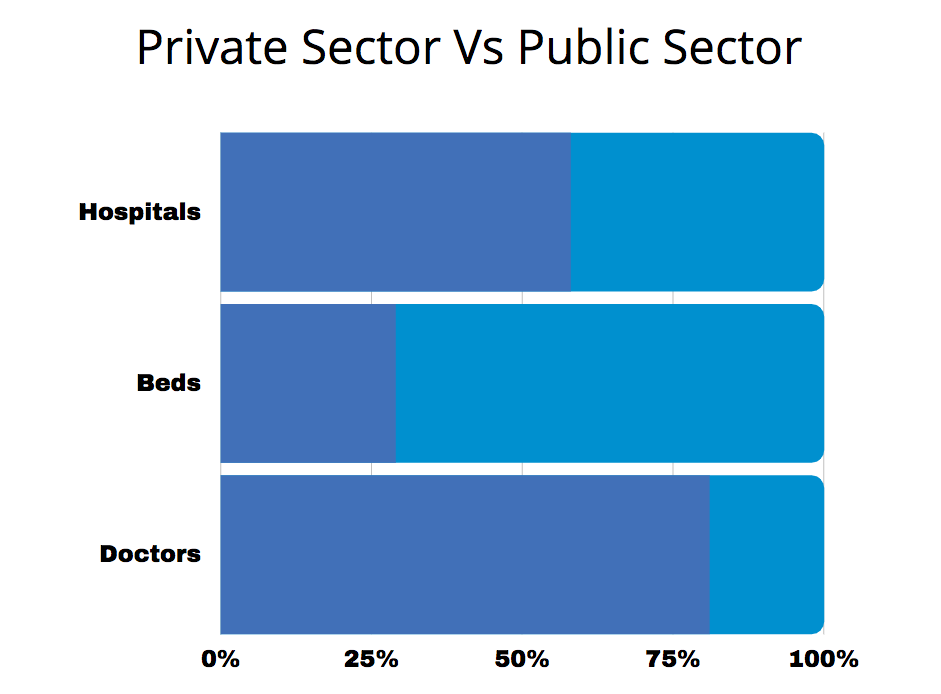
Several reasons are cited for relying on the private rather than public sector; the main reason at the national level is poor quality of care in the public sector, with more than 57% of households pointing to this as the reason for a preference for private health care.[17] .Much of the public healthcare sector caters to the rural areas, and the poor quality arises from the reluctance of experienced healthcare providers to visit the rural areas. Private healthcare providers in India typically offer high quality treatment at unreasonable costs as there is no regulatory authority or statutory neutral body to check for medical malpractices.
Why such disparity in access to healthcare?
The health care system of India is lacking in three factors related to access to healthcare: provision, utilization, and attainment. However, there currently exists a huge gap between these factors, leading to a collapsed system with insufficient access to healthcare. Furthermore, inequalities in financing healthcare and distance from healthcare facilities are barriers to access.
Initiatives to tackle these problems: The Twelfth Plan, National Rural Health Mission, National Urban Health Mission, Pradhan Mantri Jan Arogya Yojana (PM-JAY), Public-private partnership. I need more time to investigate these initiatives to understand them.
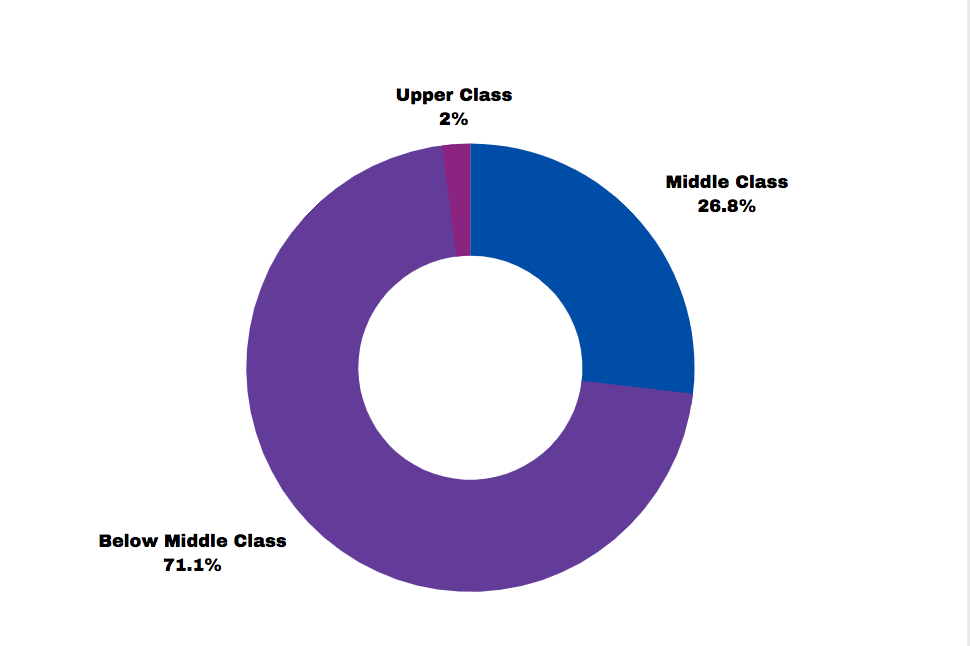
Source of healthcare for urban and rural area

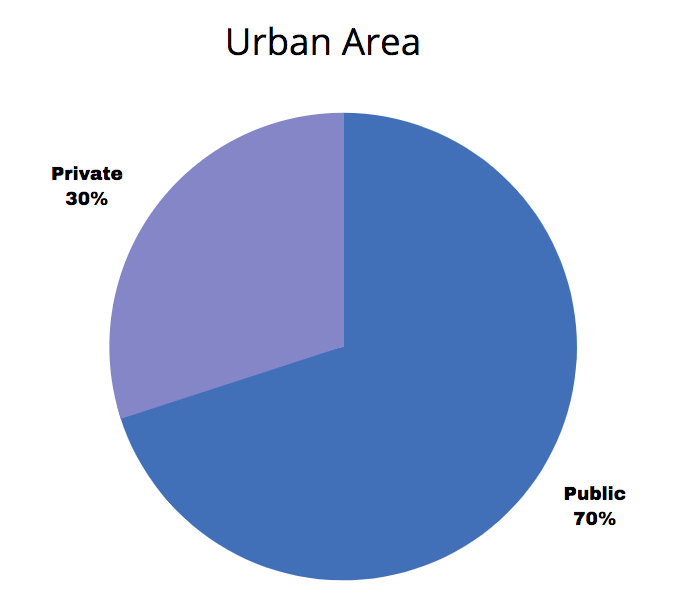
I generated this data chart based on: nternational Institute for Population Sciences and Macro International (September 2007). “National Family Health Survey (NFHS-3), 2005 –06” (PDF). Ministry of Health and Family Welfare, Government of India. pp. 436–440. Retrieved 5 October 2012.
Medication (pharma industry): Investigation pending.
Finance: Investigation pending
My state Healthcare Infrastructure
Policy making?
Covid19
How will India end covid? or how will covid end in India? how will one survive covid in India
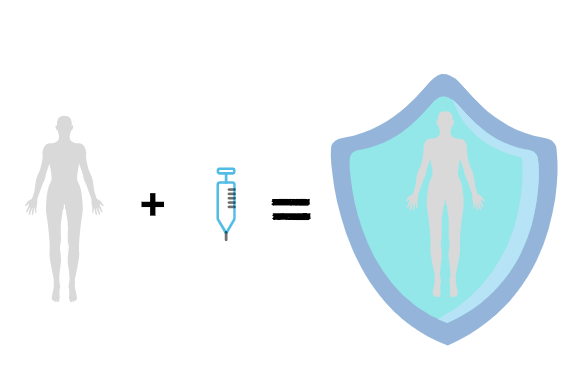
Vaccine = Covid Safe
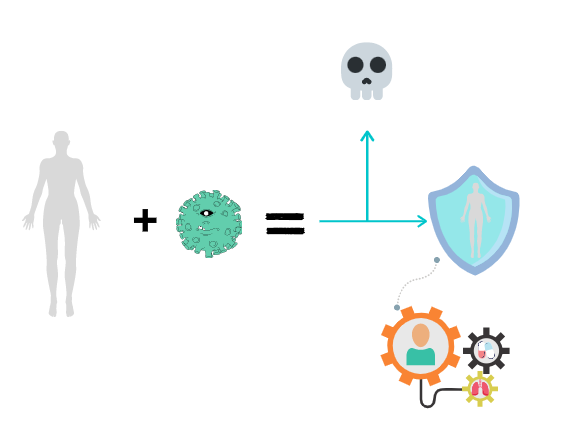
Covid = Death or Survive safely (maybe with lasting effects)
When and who will get the vaccine?
Phase1 : Health Care and Frontline Workers (should be complete by April)
Phase2: General Public (April or July)

Health Care Workers: 7 million (in the public and private sector). This includes 1.1 million MBBS doctors and 0.8 million Ayush practitioners; 1,5 million nurses, 0.7 million ANMs, and 1 million ASHA workers. The list includes 0.7-0.8 million allied healthcare professionals and others, like sanitation workers, ambulance workers, and hospital security,
Frontline Workers: 200 million frontline workers, including 4.5 million police and related forces and 1.5 million people from the armed forces. Municipal workers, public transport drivers, cleaners, and teachers.
How will the vaccine be given?
Pfizer and moderna: through injections. In 2 doses.
How many doses will India need?
First phase: about 500 million doses for 250 million people.
Manufacturing?
Vaccine Vials: 2.6 billion ; Syringes: 2.6 billion. for 1.3 billion Indian
Storage?
-70’c for Pfizer to -20’c cold storage . And for oxford vaccine 2’c to 8’c
Transport logistics?
Logistics company DHL recently mapped the vaccine delivery landscape. In a white paper titled ‘Delivering Pandemic Resilience’, the company stated that to ensure global coverage for the next two years, about 200,000 movements by pallet shippers on 15,000 flights may be needed; 15 million deliveries in cooling boxes would have to be shipped. Source
What are the cold chain requirements?
Delivery?: Vaccine + Syringe + Practitioner
Will there be adequate trained medical health professional to administer the vaccine?
How will India deliver to the rural areas?
Price? 1000rs for 2 doses (10-12$) for the public, If the govt. is paying it needs 10.2 Billion$ (80,000cr)
The big question is, How are we going to dispose this medical waste?
Syringe:

Data is for 10ml syringe
8.83g -Plastic(Plunger+barrel) 0.68g -Rubber(seal) Metal: ? Source
2.6 billion syringe x 8.83g (polypropylane plastic)= 22,958 tonne.
Vials:
Vials: Glass usually Type 1 is used (recyclable? type?)
Guidelines on safe disposal of Used Needles and Syringes by National AIDS Control Organisation Department of AIDS Control Ministry of Health and Family Welfare Government of India
In reality, this is not how it’s practiced in India. It has a much grimmer and darker truth; various studies showed that syringes are reused, needles are not destroyed. They are disposed of with general municipal waste. A large part of this waste ends up in landfills or collected by the illegal recycling industry. Even cotton and gloves are reused by repurposing them into a different product. Source1, Source 2
How we strategize to dispose of this waste in India and globally? How will developing and poor countries deal with this?
While investigating syringes I stumbled on this article by MIT Lab where it is Re-thinking the syringe.
I feel like opened a pandora’s box by investigating this topic. It is too big a task that merits more time and collaboration with experts.
What could be also an interesting investigation into ‘social wellbeing in health care’ will lead too? will it include tech industry? Ai? What are traditional systems of social well-being in communities? What are the modern system?

